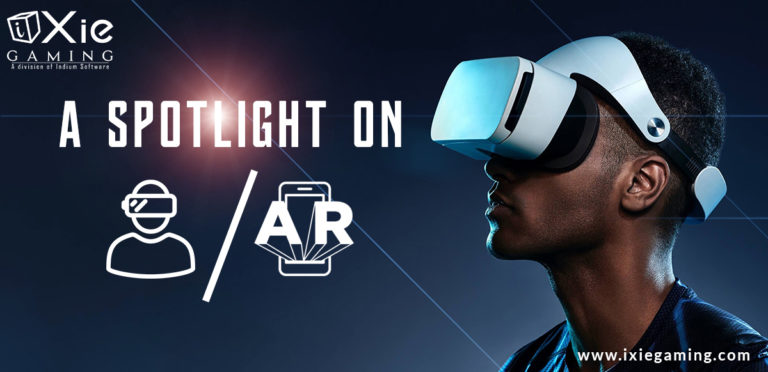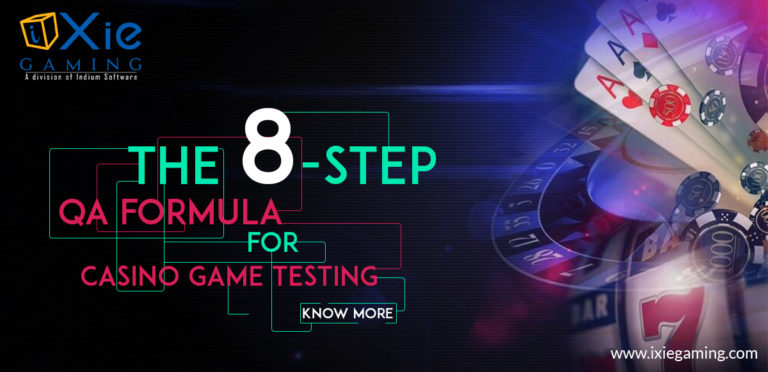Video games have become a prominent form of entertainment, deeply ingrained in pop culture, and have shed the previous stigma of being a time-wasting activity. Nowadays, gaming surpasses mainstream movies in terms of audience engagement, and popular game titles consistently generate substantial revenue. Unity, a widely adopted game engine, plays a pivotal role in empowering aspiring game developers in making great gaming experiences, thanks to its user-friendly interface and strong community support. But where does one start with game development on Unity? Let’s explore some essential tips to help you get started and succeed in the world of Unity game development.
Start small
Begin by creating small, achievable projects to gain a solid understanding of Unity’s features and workflows. As you gain confidence and experience, you can gradually tackle more complex games.
Learn C#
Unity uses C# as its primary scripting language. Familiarize yourself with the fundamentals of C# programming to effectively manipulate game objects, create gameplay mechanics, and handle events.
Make the most of Unity documentation and tutorials
Unity provides extensive documentation and tutorials that cover various topics and features. Make use of these resources to learn about Unity’s tools and workflows.
Understand the Unity Editor
Spend time exploring the Unity Editor’s interface and features. Familiarize yourself with key components such as the Scene view, Inspector window, and Project window to efficiently navigate and manipulate your game assets.
Version control
Use a version control system like Git from the beginning to track and manage changes in your project. This allows you to roll back to previous versions if needed and collaborate effectively with a team.
Use asset stores wisely
Unity Asset Store offers a wide range of free and paid assets, such as 3D models, textures, sound effects, and plugins. While they can save time, be selective and ensure compatibility and quality to avoid potential issues.

Custom shaders
Gain control over your game’s visual style and performance by creating custom shaders. Shader programming allows you to manipulate lighting, textures, and visual effects, resulting in unique and optimized visuals. The potential of the Shader graph and VFX graph in Unity is limitless in empowering developers to craft complex shaders and breath-taking visual effects with relative ease.
Advanced physics simulations
Experiment with Unity’s physics engine to create advanced simulations and interactions. Utilize features like raycasting, joints, constraints, and physics materials to achieve realistic and engaging gameplay mechanics.
Advanced animation techniques
Explore Unity’s animation system to create complex and visually appealing character and object animations. Use features like blend trees, inverse kinematics (IK), and animation events to achieve lifelike movement and interactions.
Optimize performance
Keep performance in mind throughout development. Use techniques like object pooling, efficient collision detection, and level-of-detail systems to optimize your game’s performance on different platforms. Be mindful of memory usage, especially on mobile platforms. Unload unnecessary assets, use asset bundles for dynamic loading, and implement techniques like texture atlases and sprite packing to optimize memory consumption. Consider device-specific limitations, minimize battery consumption, and implement touch controls that provide an intuitive and responsive experience.
Engage in the Unity community
Join Unity forums, communities, and social media groups to connect with other developers, ask questions, and share your progress. Learning from experienced developers and collaborating with peers can accelerate your growth.
Embrace modular design
Break down your game into modular components and scripts that can be easily reused or modified. This approach simplifies maintenance, allows for flexibility, and promotes scalability.
Learn from existing games
Analyze and study successful games that are similar to what you want to create. Observe their mechanics, level design, and user interfaces to gain insights and inspiration for your own game.
Localization and internationalization
Plan for localization and internationalization from the early stages of development. Design your game with localization in mind, separate text and UI elements, and use Unity’s Localization package or third-party tools for efficient translation management.

Polish your game
Dedicate time to polish and refine your game. Pay attention to details like user interface design, animations, particle effects, and smooth gameplay to create a polished and immersive experience.
Test and iterate
Regularly test your game on target platforms and gather feedback from others. Iterate based on feedback to refine gameplay, fix bugs, and enhance the overall experience. Consider usability testing, focus groups, and early access programs to obtain valuable insights for iterative improvements.
Conclusion
Remember, game development is an ongoing learning process, and the more you explore and experiment, the more you’ll enhance your skills. If you find all of this a bit overwhelming, then worry not. Because help is just a click away. We, at iXie offer full-stack game development support, covering all aspects of the process. Whether your game is in the testing phase or still in its early stages, we are the ideal partner to provide efficient and budget-friendly solutions tailored to your project’s requirements. Collaborate with iXie today and make the best version of the game you envisioned.






